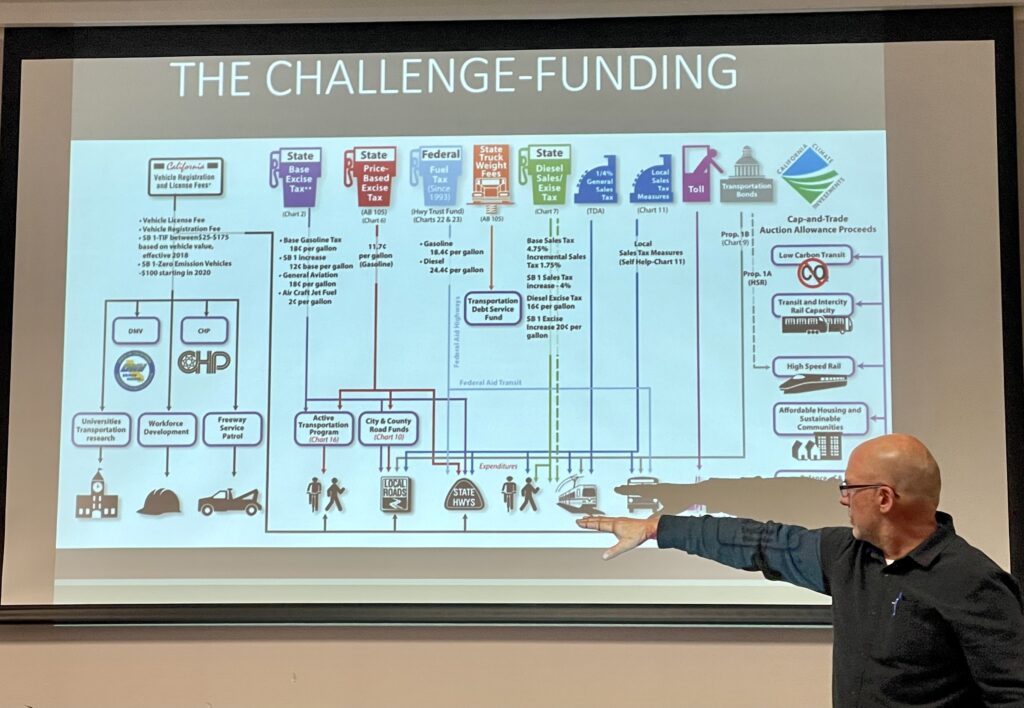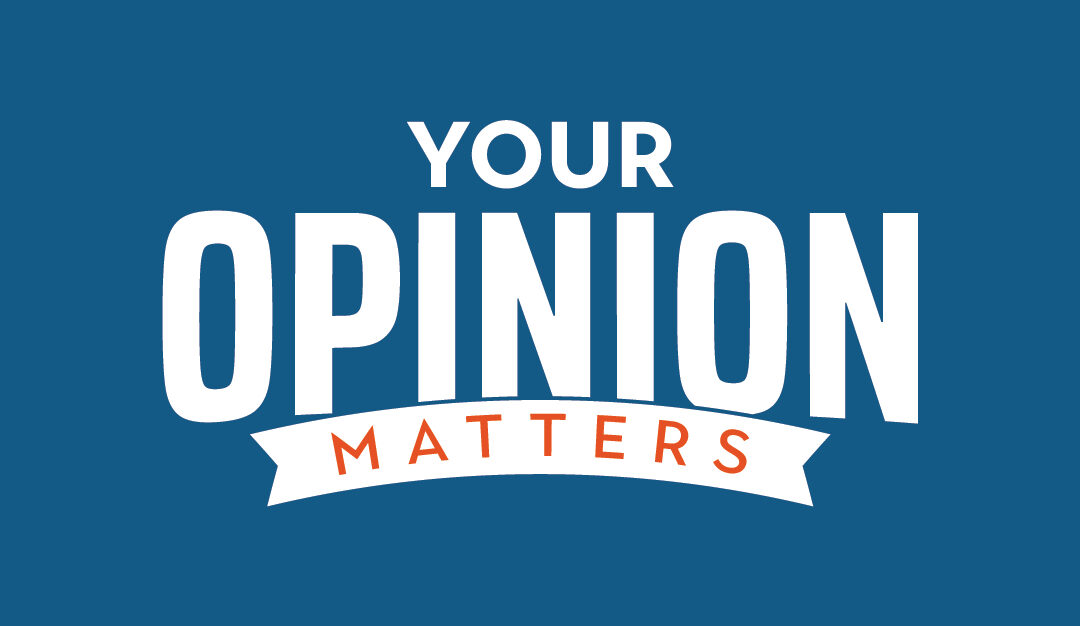We have another great opportunity for all residents of Trinity County to participate in shaping the future of our County.
Trinity County is in the first stages of an initiative that will define our transportation priorities for many years to come. Your input is needed to ensure that our new Regional Transportation Plan reflects the priorities of Trinity County Residents.
Kimiko Taguchi (Senior Transporation Planner for Trinity County) is leading this important initiative with the assistance of Green DOT Transportation Solutions. Jeff Schwein is the President and Principle Transportation Planner for Green DOT. He and his team (along with Kimiko Taguchi and David Colbeck) were in Weaverville Monday evening to host the first public workshop. This same group will be in Hayfork on Tuesday evening. Here is information regarding the Hayfork workshop.
- Date: Tuesday, March 29th
- Time: 5:30-7:00 PM
- Location: Roderick Senior Center.
- Link to Agenda
- Link for Zoom Access
- Additional Zoom Information – +1 669 900 9128, Meeting ID: 812 4190 3539, Passcode: 675066
You don’t have to attend one of these sessions to provide your input.

Jeff Schwein explaining the complexity of transportation-related funding.
Here is a link to an online survey that will allow you to share your thoughts about transportation priorities in Trinity County. There will also be another round of workshops (probably in the May/June timeframe) in which initial input will be shared and more input will be gathered. Current plans are for these meetings to take place in Trinity Center, Burnt Ranch, Mad River/Ruth, Hayfork (tonight), Big Flat/downriver, Weaverville (done), and Lewiston (perhaps with a booth during Peddler’s Faire.
The Regional Transporation Plan is essential to our efforts to identify, prioritize, and fund transportation initiatives. The broad categories of transportation covered in the plan include Roadways, Bridges, Transit, Bicycle & Pedestrian, and Aviation. The measurement of performance in these areas (part of what helps attract funding) includes Congestion Relief, Infrastructure Condition, System Reliability, Safety, and Environmental Quality.
It might help for you to see the list of projects identified/prioritized in our last Regional Transportation Plan (2016). Here is a link to that list of projects. Among other things, this document indicates the estimated cost and (rough) timing for the completion of these projects. It does not (yet) reflect which of these projects have been completed. Note – timing is reflected as either within 1 to 5 years, 6 to 10 years, or 11 to 20 years.
Items from the 2016 list won’t necessarily be carried forward to the 2022 plan. I encourage you to share your thoughts about all transportation projects that you feel should be included in our new plan. From what I understand, the stronger the support for a project, the more likely it is to be prioritized and funded.
In addition to sharing your thoughts via the survey, you can also email information regarding specific projects of interest to Kimiko Taguchi (Trinity County) and Sofia Lepore (Green DOT Transportation Solutions.
Here is a link to a website designed to keep you informed about our Trinity County Regional Transporation Plan efforts. The current project timeline is:
-
- Apr-Jun collect and address community input
- Jul-Aug. develop policies, projects, and financial information
- Sep-Oct. Prepare draft Regional Transporation Plan
- Final Adoption – late 2022 to early 2023
There are a number of very important initiatives underway that will help to shape the future of Trinity County. These include this Regional Transporation Plan, the (long-awaited) new General Plan, our Placemaking Initiative, and our County Strategic Plan. Ideally, our Board of Supervisors and leaders within county staff will work together to ensure that each of these initiatives is informed by, and reflective of, the input and findings of the others.
It all starts with your input!
Ric Leutwyler
Here are some additional notes if you are interested in more of the detail shared during the workshop presentation. This is not meant to reflect all that was covered in the meeting. It is just some of the things that caught my attention.
- Funding is dependent on solid planning and specific project requirements/priorities
- Funding comes from a combination of state and federal sources
- One measure of transportation status is the Pavement Condition Index (PCI)
- California’s current rating/projection is 69
- Trinity County’s current/projection is – 54
- This rating does not include state highways
- Trinity County’s rating in 2010/2012 was 50. It peaked in 2016 at 62
- The biggest driver of this measure is the funding available/invested in transportation projects.
- Falling below a rating of 50 leads to much more expensive maintenance, etc
- Another transportation measure is the percent of pavement needs met
- Trinity County (like most rural counties in CA) falls into the lowest category of less than 20%
- This is another measure that is primarily driven by available funding. The counties in higher categories (larger percent of pavement needs met) usually benefit from additional funding sources – including local taxes.
- New funding resources are coming due to new federal legislation.
- Nonprofits such as schools, churches, etc. can also seek funding – for example, to provide safe access to their facilities
- Ideally, these would be coordinated with Trinity County DOT
- We have over 200 bridges with an average sufficiency rating of 77%. This is considered good for rural counties.
- The Current (2016) Regional Transporation Plan includes:
- 7 goals
- 39 objectives
- 128 current policies
- Ideally, we would have fewer than 20 policies. This is something that will be addressed during the development of our new plan.
- The 20-year revenue projection in the current (2016) plan is $252,842,000


Recent Comments